How Long Does It Take For Engine To Cool Down?
In most cases, a car’s interior will get hot. Since ICEs or Internal Combustion Engines power most vehicles, their drivers in the automotive industry might want to know how long it takes for an engine to cool down.
How long does it take for engine to cool down? An overheated engine often requires at least 30 minutes to cool down. Wait over three hours if you need to work on the engine. Internal combustion engine cools down slow.
The fuel is burned in an ICE or Internal Combustion Engine to provide additional thrust. And the heat that is generated by this process is substantial. Heat can shorten the life of your engine if it isn’t properly controlled.
Knowing how long your engine needs to cool down is therefore crucial. In light of this, the length of time required to cool down an engine is discussed below. Let’s begin.
How does an engine cooling system work?
A cooling fan, radiator, and water jackets circulate coolant around the engine block and head as part of a car engine’s cooling system.
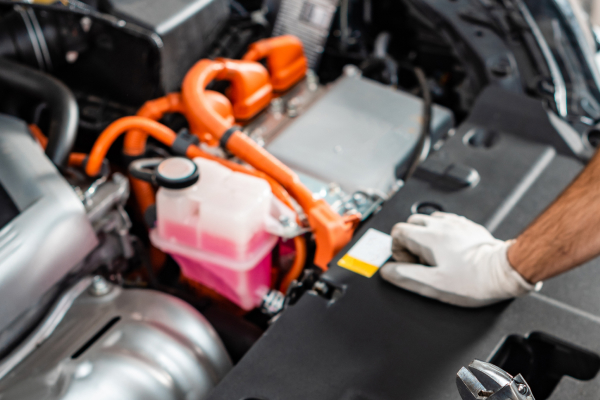
The coolant takes heat from the engine as it travels through the water jackets to the various sections of the engine and is cooled when it reaches the radiator. As long as the engine is operating, this process keeps the air temperature low and the car cool.
The temperature of the engine’s coolant is a sign of the engine’s health. Maintenance is required when a sudden temperature change or the gasoline engine reaches its coolant temperature limit.
It could require repairs before a gasoline engine can run at ease if the coolant temperature limit is exceeded and it overheats.
A faulty cooling system might seriously harm the engine, and a temperature rise could harm crucial engine parts that would be expensive to replace.
These overheating-related harms may result in total engine failure. As a result, you must take any indication of overheating from the dashboard warning light carefully.
An overheated engine has the potential to “seize up,” which means that the heat has gotten to a point where some internal parts of the engine have fused, and the engine is no longer able to function.
This issue can be exceedingly costly to fix and possibly cause a car to lose all power.
How long does it take for engine to cool down?
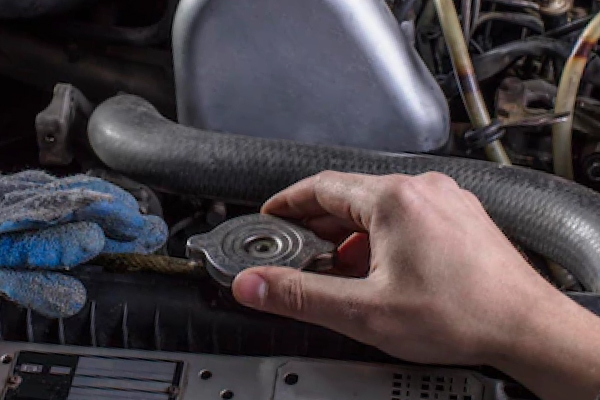
How long it takes for a car engine to cool down will depend on the vehicle’s make, model, and year. The usual period needed to cool down an overheated engine to a point where it can be safely inspected and worked on is thirty minutes. Radiator, coolant, and engine all boil during the initial stage of the cooling process. Performing a major diagnostic test before the engine cools down poses a serious risk of burns.
How long does it take for a car engine to cool down for an oil change?
An oil change cannot be safely performed while the engine’s temperature is too hot. Thus cooling the car engine before doing the work is crucial.
The viscosity of oil changes with temperature. Thus performing an oil change when the engine is cold is also impossible. Therefore, oil flows more easily when engine temperature rises.
How long does it take for a car engine to cool down for a mechanical procedure?
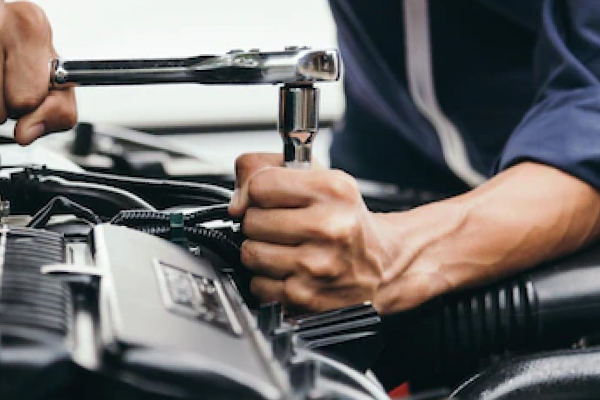
Depending on the type of replacement or repair you want to make, you may need to wait a different period for the engine to cool before replacing or checking parts.
For most jobs, it’s best to give your car at least one or two hours to cool down, but if you need to open the engine block or perform a significant diagnostic procedure, it’s best to leave the car overnight.
Check the temperature of the surrounding components and the part you will be working on before beginning any mechanical procedure.
Due to the diverse materials used to make each component, each one cools at a different rate. It is evident in the case of hoses that they cool more quickly than the metal components to which they are fastened.
How do you cool down the engine faster?
Turning off the air conditioner might prevent the engine from overheating. Driving with the air conditioner on might increase the strain on the engine. Activate the furnace.
The heater will blow extra heat from the engine into the car. Although this won’t be the best option on a hot day, it will help keep the engine running smoothly. After then, put the vehicle in neutral.
Then, accelerate rapidly. It will speed up and increase air circulation in the engine bay. It will also speed up the water pump. As a result, it will force more fluid and air through your car’s radiator.
The additional airflow can cool the engine. The next step is to stop the car and pop the hood. The hot engine may dissipate its heat and get some fresh air.
Be careful as you open the hood of your car since hot steam may escape and the convection cooling may decrease. Don’t risk burning yourself or your passengers by removing the radiator cap when the engine is hot. If the hot engine coolant shoots out under pressure, it can cause serious burns all over the body.
Why does the car’s engine get so hot?
There are numerous causes of engine overheating. It occurs when engine heat is trapped inside the vehicle due to a malfunction in the cooling system. A leak in the cooling system, a broken radiator fan, a damaged water pump or heater core, or a clogged coolant hose could all be to blame.
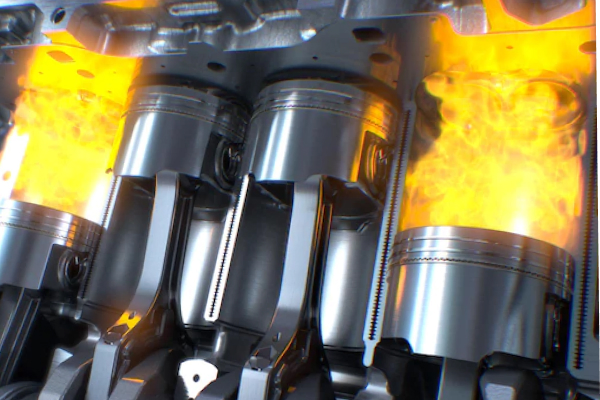
Even though most dashboard temperature gauges don’t display an exact number, a car’s normal operating temperature is between 195 and 220 degrees Fahrenheit. Instead, the standard range is in the middle of the temperature gauge, with marks for cold and hot on the outside.
It’s best to pull over as quickly as possible if your car engine overheats, as doing so can cause severe and often irreparable damage to the engine. Stop safely out of the way of traffic and switch off the engine. If you need help, open your hood. Never put your bare hands near a running engine.
What causes the car’s engine to cool down slower?
Some of the most common causes of a car’s engine taking longer than usual to cool down are as follows:
Ambient Temperature
The car engine will cool down slower if your car overheats in a hot environment. For your car to cool faster, it is advised to park your overheated car in a shaded area with optimal temperature rather than under direct sunlight.
Inadequate Engine Oil
As a lubricant for engine parts, engine oil lowers friction and heat from moving engine components. The engine will take more time to cool down if it has little oil.
Broken Cooling Fan and Fan Belt
The purpose of the fan belt is to transmit the electric motor’s motion to the fan, which aids in cooling the engine. The fan won’t be able to operate to cool the engine if the fan belt is broken since there won’t be any power transfer from the motor to the fan.
The cooling fan aids in accelerating the engine’s cooling process. Therefore, the cooling process is reduced if the fan malfunctions.
Blocked Radiator Cap
Tiny tubes in the radiator circulate fluid around the radiator fins, keeping the engine cool. Coolant passage will be hampered if these tubes are obstructed, slowing the cooling time.
Broken Water Pump
The water pump moves the coolant across the engine’s water jacket. The cooling process for the engine will be slowed down if it malfunctions.
Conclusion
The radiator, water pump, thermostat, and heater core are the four main components that make up a car’s cooling system. If your engine’s cooling system work, then after some time, your car engine quickly cools down. Heat reduction is the immediate response to speed initial cooling and reduces the presence of excess heat. Knowing the surrounding environment and outside temperature is also important to gauge and aid your engine’s heat.
We recommend using a Infrared Thermometer Gun. This will tell you the exact temperature of the cast iron blocks. Another option to reduce the temperature is to pour water over the radiator and engine. Be careful doing this method, electrical parts and very hot aluminum blocks don’t reposed well to water.

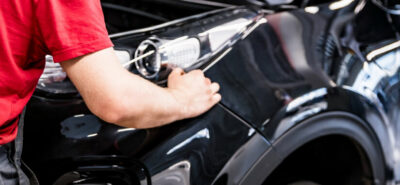


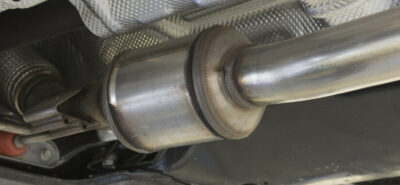
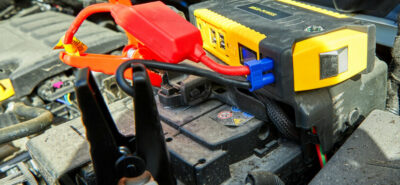
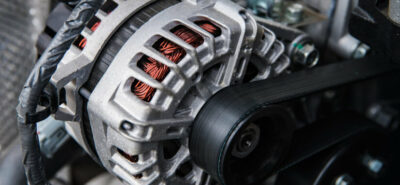
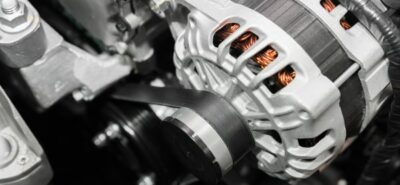
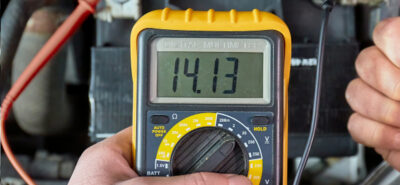
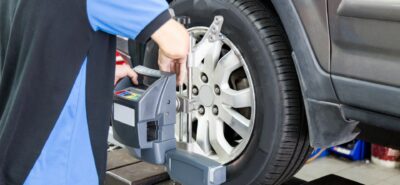

Leave a Reply